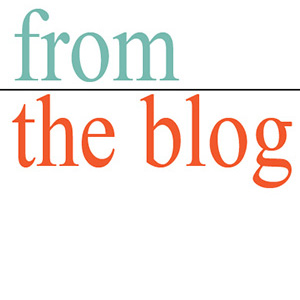Twice in the last month, I have used rail transit to get to a big-deal event that would have been a huge hassle to get to any other way. And that experience has reminded me of one of the most often-overlooked advantages of a public transit system: It helps move people to and from special events better than any other method of transportation.
The first event was the inauguration of President Obama last month. Crowded though it was on the Washington Metro system � I boarded the Red Line 5 1/2 hours before the event began and I felt like I was in Tokyo � it's impossible to imagine moving millions of people in and out of the Washington Mall area by car or bus.
The second was a lot more prosaic from the standpoint of world history, but maybe even a better example of the everyday value of a transit system in smoothing out access to a special event: The "Prologue" of the Tour of California bicycle race in Sacramento on Sunday. Bad weather dampened the size of the crowd, but the presence of Lance Armstrong and the strongest cycling field in American history still drew something like 75,000 people to downtown Sacramento. Staying with a friend who lives walking distance from the 39th Street RT station in East Sacramento, which exists largely to serve the nearby UC Davis Medical Center, I made it in and out of downtown with ease. (I wish I could say as much for our state legislators, who were literally confined to the building all day because the race route went around the Capitol � and yet they still couldn't pass a budget!)
My memories of using transit for special events go back more than 30 years, to when my brother lived at the north end of the Broad Street line in Philadelphia. Thanks to "Flyers Specials" and "Phillies Specials" (technically known as the Broad Street Sports Express Service)�there was no need to drive to the stadiums, which, after all, were located at the south end of Broad Street.
This is why I am so disheartened whenever I read about a new sports stadium being built in the suburbs, or a new rail transit system being constructed without a stop at a major sports or entertainment venue. What kind of sense does it make to build an NFL stadium � or, as our Morris Newman calls it, a "football island" � near the 57 and 60 Freeways outside Los Angeles, when all it will produce is a gigantic traffic jam whenever there is an event?
In case no one has noticed, there's a pretty good stadium in Anaheim where no professional football has been played in 15 years, even though there's a train station in the parking lot that accommodates about 40 Amtrak and Metrolink trains a day. It's no coincidence that the two big-city downtowns we at CP&DR decided were the best in California � San Diego and San Francisco � have great ballparks downtown right near transit stops.
Similarly, I could never figure out why the Los Angeles Metropolitan Transportation Authority didn't put a Red Line stop at the Hollywood Bowl. Parking is a nightmare, and the line goes right underneath the venue. There's a stop at Hollywood and Highland, where the Kodak Theater is located, but that's more than a half-mile away.�There's also no�portal straight into University CityWalk either, meaning that tourists and residents can conveniently take a tram down the hill at Universal to the Red Line, get to Hollywood in about 90 seconds, and then walk for 15 minutes to get to the Hollywood Bowl. With portals in the right place, that whole trip could take about 4 minutes.�
So here's my idea for "there oughta be a law:" No big new sports stadiums or entertainment venues should be located anywhere except at rail transit stops. And, by the way, no rail transit systems should go anywhere near, over, or underneath a big sports or entertainment venue without having a stop.
At least if the stadium or venue has a public subsidy.
At least until there's a budget. When we'll all get back on the RT and let the Legislature out of the building.
� Bill Fulton

